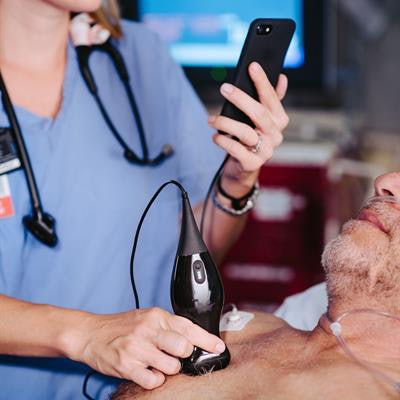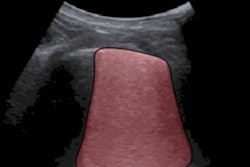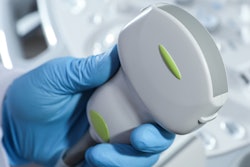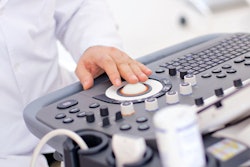
Physicians can use lung ultrasound scan findings and clinical symptoms to identify patients with false-negative COVID-19 test results, according to the findings published on 13 October study in Annals of Emergency Medicine.
In the prospective study, emergency physicians in Italy used point-of-care ultrasound (POCUS) scans on more than 200 patients visiting the emergency department with fever, cough, shortness of breath, or other clinical signs of COVID-19. The patients underwent reverse-transcription polymerase chain reaction (RT-PCR) tests for the novel coronavirus in addition to a 12-zone POCUS exam.
The patients' lung ultrasound findings and clinical symptoms helped the physicians accurately identify 100% of patients who had a false-negative result on their first RT-PCR test. The use of a similar detection method could help prevent community COVID-19 transmission, noted the authors, led by Dr. Emanuele Pivetta, PhD, from Città della Salute e della Scienza di Torino hospital in Turin.
"In our cohort of patients ... a negative RT-PCR result would still carry a post-test probability of having the infection of 15%, whereas the clinical-[lung ultrasound] integrated assessment, with a sensitivity of 94.4%, would reduce it to 4.9%," wrote Pivetta and colleagues.
COVID-19 nasopharyngeal tests are important for identifying infectious patients, but they're not perfect. Studies have shown that the tests miss one out of 10 infectious patients, at best, the authors noted.
Therefore, it's imperative for physicians to identify infectious patients who have incorrectly tested negative for COVID-19 in order to prevent further spread of the virus to healthcare workers and family members. The authors saw lung ultrasound scans as a cheap, timely, and effective method to do just that.
Their study included 228 adult patients who visited the emergency department in April with clinical signs or symptoms of COVID-19. A team of physicians reviewed the patients' symptoms and history, then performed 12-zone lung ultrasound scans using either a cart-based system with a curvilinear transducer or a handheld, pocket-sized scanner.
The patients also underwent RT-PCR testing for the novel coronavirus. A total of 86 patients tested positive for the virus on their first test. However, 51 patients who initially tested negative for the virus continued to exhibit signs and symptoms of COVID-19.
The physicians performed a second RT-PCR test on the 51 patients with continued disease suspicions within 72 hours of the first test. Out of these patients, 21 tested positive for COVID-19, suggesting their first test produced a false-negative result.
However, the almost two-dozen false-negative cases didn't get missed by the emergency physicians. They accurately identified all 21 patients on the day of their first test based solely on clinical signs and lung ultrasound findings.
The combination of sonographic and clinical findings produced a sensitivity and specificity of 95%. In fact, the combination's true-positive percentage rate was much higher than the first round of RT-PCR tests (95% versus 80%).
While the results were certainly promising, the combination of sonographic and clinical findings wasn't perfect. The physicians mistakenly identified six people as likely having COVID-19 when they did not, which the authors attributed to ultrasound's known weakness for not being able to discriminate between forms of diffuse interstitial syndrome or lung parenchymal consolidations.
In addition, the authors didn't recommend sonographic and clinical findings to entirely replace COVID-19 nasopharyngeal testing, even though the physicians missed 15 fewer false-negative cases than the initial RT-PCR tests. Instead, they said the findings highlight the combination's strength as an additional screening tool.
"Patients with symptoms associated with SARS-CoV-2 infection and [lung ultrasound] findings of viral pneumonia should be further investigated in the presence of negative RT-PCR at the nasopharyngeal swab and isolation precautions should be maintained," they wrote.



















